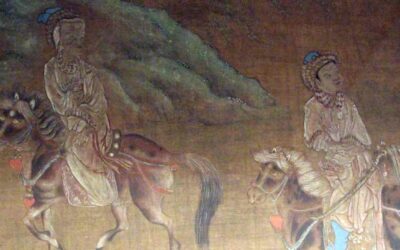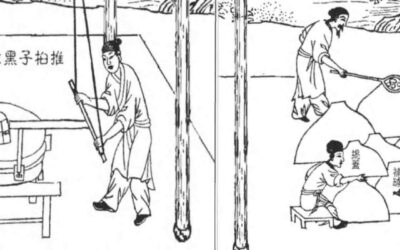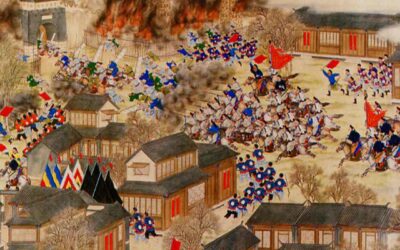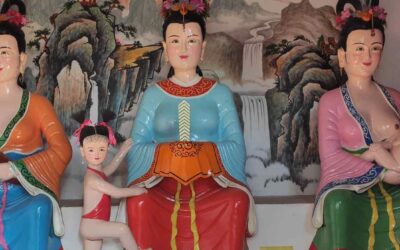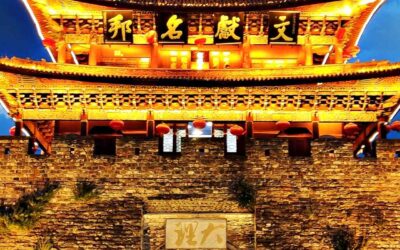Chinese Herbal Medicine Shop in Weishan, Yunnan
China still maintains a strong tradition of using natural medicines, specifically herbs with medicinal properties that have been used for centuries. In addition to being present in the composition of many modern medications, some herbalists continue their traditional trade. Even in large cities, it is not uncommon to occasionally find herbalists selling fifteen or twenty products in their small stall or shop, each stored in a plastic bag. Usually, these products do not have labels, meaning that only an expert knows exactly what each medicine is.
Herbal medicine shop
In this shop, located in the ancient city of Weishan in Yunnan province, we find what could be described as the pinnacle of Chinese herbal medicine. Within this traditional house on the main street of the old town, we discover a unique display of medicinal herbs. On the left, some medicines are neatly arranged in white plastic bags, this time identified with small labels. Higher up, in a small nod to modern civilization, others are carefully placed in plastic bottles.
A unique shop in China
However, what makes this shop stand out from all the other similar stores and stalls across China is the sheer volume of herbs stored in the white and green sacks seen on the right side of the image. It is well known that each medicinal herb must be harvested at a specific time of the year and that many of these herbs are needed in large quantities to be therapeutically effective. The foresight of this traditional pharmacist creates a truly unique scene in the ancient city of Weishan.
Wonderful Weishan Old City
Weishan is one of the oldest cities in Yunnan province. Officially designated as an autonomous district for the Yi and Muslim communities within the Bai Autonomous Prefecture of Dali, Weishan boasts significant historical, artistic, and cultural attractions. Among them, the Ancient City, with thousands of well-preserved buildings, and Weibaoshan Mountain, located 10 km from the city, stand out as the most important Taoist mountain in Yunnan.
This is why we include this city in almost all of our itineraries in Yunnan.
Last posts
The tragedy of the beauty Wang Zhaojun
The tragedy of the beauty Wang Zhaojun Emperor Yuan (48–33 BCE) had a large harem and could not meet with all the palace women regularly. Therefore, he ordered painters to create portraits of them, and he would summon them for favors based on these portraits. Most of...
The economics of human plowing
The economics of human plowing According to “The Exploitation Of The Works Of Nature”, a 17th century Chinese book. In farming households where there are no oxen to use, farmers fix a pole to the plough and two men pull the plough by placing the pole on their...
The Muslim rebellion in 19th century Yunnan
The Muslim Rebellion in Yunnan in 19th century. This is the first English translation of Émile Rocher’s book on the Panthay Rebellion. Originally published in 1879 as La Province chinoise du Yunnan, is a valuable firsthand account of Yunnan during the mid-19th...
Kunming Scenes 2025-feb
The World of Noodles If the variety of wheat or rice noodles found in China is already enough to fill an entire book, an appendix should be dedicated to noodles made from other ingredients. It seems that any vegetable that can be turned into flour only needs a bit of...
Sexual aspects of Gu venom
Gu illness resulted from a contamination by gu poison, which a recent analyst has characterized as “an alien evil spirit which entered [the] body and developed into worms or some similar animal that gnawed away at the intestines or genitalia.” This poison was thought...
Sunset in Dali
No Words Fuxing Rd from the South Gate. Dali, Yunnan.Corner in Fuxing Rd, Dali, Yunnan.Night market at the south of the South Gate. Dali. YunnanLast posts





